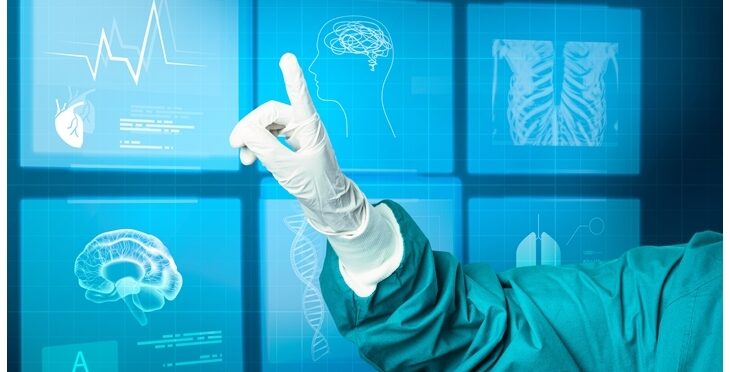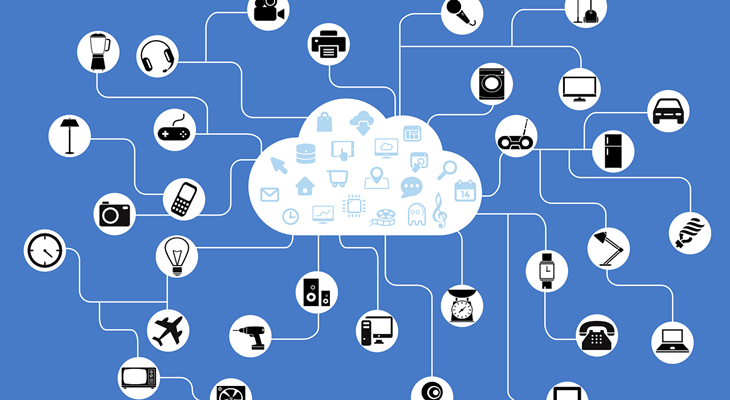What Is An Innovation In Healthcare
Innovations In Healthcare fall under the broader category of social innovations. These innovations seek to address social challenges. Implementing system-level changes helps foster new approaches to addressing social concerns.
These concerns are poverty, education, health, and other human development issues. Health innovation boosts efficiency, efficacy, quality, long-term viability, safety, and affordability. It aims to improve the ability to meet healthcare requirements & demands. This happens through improving the healthcare system's performance.
Healthcare innovations should result in scalable solutions. Also, they cause improvements in health policies, systems, goods, technology, services, and delivery methods. This allows for better treatment, diagnosis, education, prevention, research, delivery, and healthcare access.
What Are Some Examples Of Innovations In Healthcare
Advanced Telemedicine
During the Covid-19 epidemic, telemedicine made significant progress. Also, many of telehealth's restrictions got lifted. Healthcare companies now have loads of data to test. In conclusion, this will enhance telehealth services.
Healthcare companies are concentrating on connecting telehealth with existing physical services. Moreover, virtual visits strengthen collaboration with clinics, long-term care institutions. It also boasts access to primary care and urgent care.
Data-Driven Healthcare
As the collection of health data becomes more common, so does its application. There is huge potential for better treatment options and patient outcomes rises. The biggest issue is the lack of interoperability. Data from one healthcare institution is difficult to transfer to another.
Google Cloud announced its healthcare connectivity program. This was a big step forward. Also, it gives members access to data templates, app blueprints, security tools, and guidelines. This helps payers, providers, and other organizations prepare for the government's standards. If healthcare organizations get synced, the industry's big data potential will become dynamic.
Nanomedicine
Nanomedicine is the medical use of nanotechnology. It is atomic, molecular, or supramolecular size technology. Moreover, nanomedicine offers applications in imaging, sensing, diagnostics, and distribution. This uses medical devices, and the potential is enormous for something so small.
Nanomedicine is getting used in many ways to target specific cells. A Phase I trial used gold nanoparticles to target drug delivery to tumors. CytImmune Sciences conducted the research, a leader in cancer nanomedicine. Also, a biopharmaceutical business, BlueWillow Biologics, has developed nanotechnology to fight viruses and bacteria.
Tricorders
The concept of tricorders is both attractive and practical. The tricorder is a palm-sized device. Also, it monitors a wide range of vital signs. It also performs simple diagnostics.
DxtER, a tricorder by Basil Leaf Technologies, got released recently. The patient can use it in the comfort of their home. Also, it requires no medical training. DxtER collects patient data from a variety of sources. It then puts it through algorithms that recognize 34 different health disorders. These include stroke, tuberculosis, pneumonia, and diabetes.
Digital Assistants
Digital assistants have changed how people engage with technology. They will also play a similar role in healthcare. Also, natural language processing & ambient listening are useful to collect, analyze health data.
Epic and Cerner are two leading electronic health records systems. They started integrating voice-enabled virtual assistants into their software in 2020. Saykara, an artificial intelligence startup, has released a new voice assistant. It can understand a physician-patient interaction without getting prompted by speech commands.
Some Of The Technology Trends That Are Changing The Healthcare Industry
Artificial Intelligence
Artificial intelligence can transform healthcare. AI algorithms mine medical records. They can build treatment plans, and create medications. They can do it faster than any other actor in the healthcare system, including doctors.
Atomwise uses supercomputers to search through a library of molecular structures for solutions. It also started a virtual search in 2015 for safe, current drugs that can be used to treat Ebola. It discovered two medications, found by the company's artificial intelligence algorithm. These medications showed promise to reduce Ebola infection.
DeepMind, a division of Google, developed an AI system for breast cancer analysis. Also, the algorithm beat all human radiologists in detecting breast cancer.
Virtual Reality & Augmented Reality
VR is changing the lives of both patients and doctors. In the future, we may witness procedures as if we were the surgeon. It will take us to Iceland or back home while laying in a hospital bed.
Patients enjoy VR technology. VR has been useful in pain control. Virtual reality headsets help women to relax while in labor. Patients with gastrointestinal, cardiac, neurological, and post-surgical pain used VR. It distracted them from uncomfortable situations. Thus, their pain levels decreased.
Augmented Reality is different from VR in two ways. These are,
1. Users don't lose connection with reality
2. Information gets delivered as soon as possible.
AR can be a driving force in the future of medicine due to these points.
It can assist medical students in preparing for surgeries. It can also allow surgeons to improve their skills. The HoloAnatomy software for Microsoft HoloLens enables students to study anatomy. Also, it helps medical students to study the subject without using real bodies. It provides thorough and exact models of the human body.
Healthcare Trackers, Wearables, And Sensors
Health-tracking devices, wearables, and sensors are fantastic tools. These assist us in learning more about ourselves and gaining control over our life.
There is a device for all these demands and more. Moreover, they help you to manage your weight, stress, cognitive abilities, fitness, and energy.
The beauty of these new tech-enabled devices is that they put patients in charge of their care. Also, these technologies enable people to take control of their health. It helps them make more informed decisions. Moreover, it allows them to track their health at home. These devices help to communicate the results with their doctor.
Robotics
Robotics is the most exciting and fast-expanding part of healthcare. The advancements range from robot companions to surgical robots. Pharmabotics, disinfection robots, and exoskeletons also play a huge role.
In healthcare, robot companions can aid with loneliness, mental health difficulties. They can also help children with chronic illnesses. Touch sensors, cameras, and microphones are all included in them to interact with. For example, Ikki from an Australian business keeps children with chronic illnesses company. Meanwhile, it monitors their meds, temperature, and respiration rate.
3D-Printing
3D printing has the potential to change healthcare in every way. As a result of 3D printing, we can now print bio tissues, artificial limbs, medications, blood vessels, and the list goes on. We will likely continue to do so in the future.
Researchers have found a method to 3D-print living skin and blood arteries. This breakthrough is useful for burn victims who need skin grafts. Moreover, NGOs such as Refugee Open Ware and Not Impossible 3D-print prosthetics for refugees from war-torn places.
Conclusion
The future cannot be predicted. Still, the above-described innovations provide a glimpse of it. These Innovations In Healthcare are ground-breaking. With the beginning of the covid epidemic, it was important to find effective treatments fast.
One of the most important contributors has been technology. Because of technology, we were able to find speedy solutions in time.
The above list is a short description of how technology has changed healthcare. Innovation in healthcare technology will create a bright future for us.
You may like to read:
7 Simulation Software Use Cases in the Healthcare Industry
How Can Simulation Software Be Used In Healthcare
Applications of Computer Vision in HealthCare
Medical Diagnosis With Machine Learning: Advantages And Limitations





